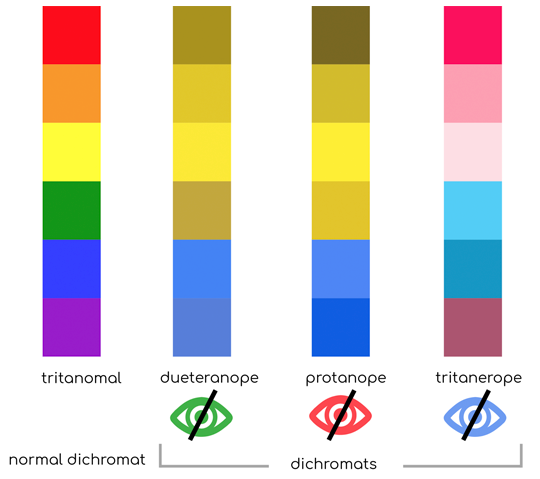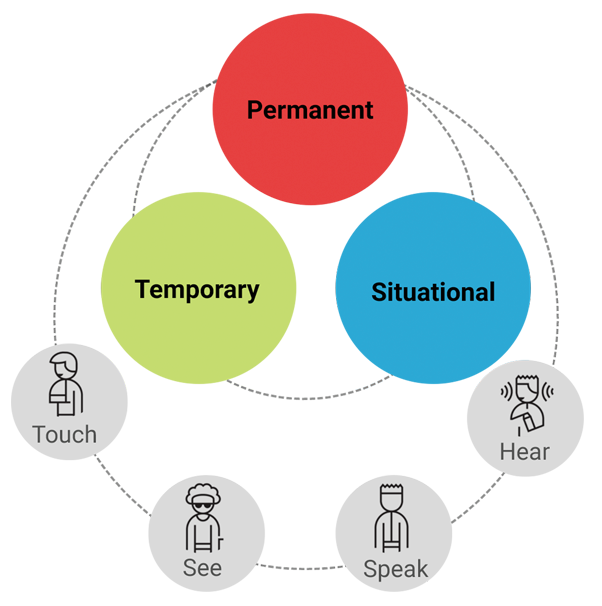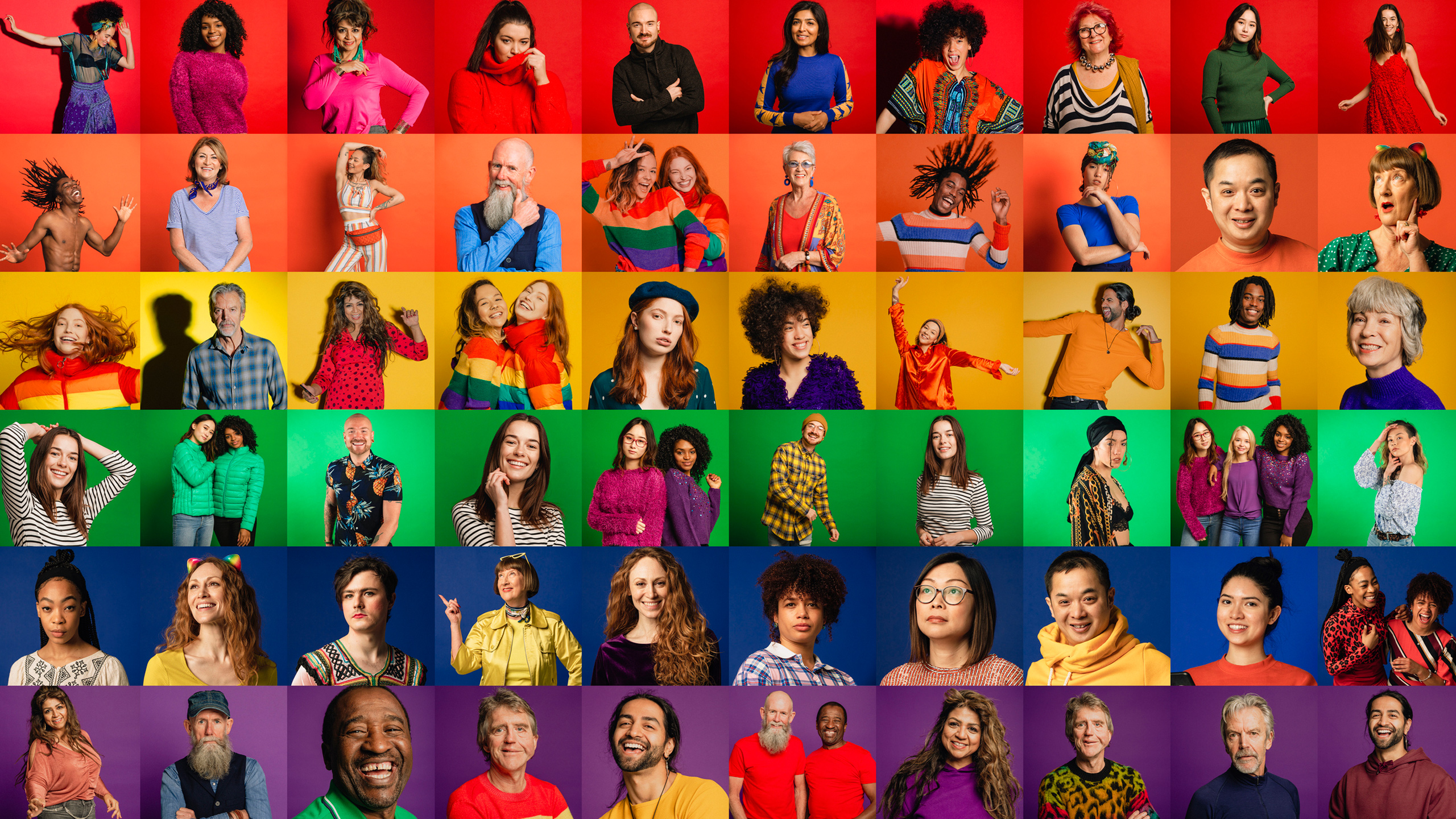One Size does not fit all
When we design UX for our applications, we try to make the user’s experience better in multiple ways. However its nearly impossible to define every user persona and build that into the application. In most cases, we satisfying just the critical parameters. As much as it’s important to create a highly efficient user interface, it’s also important to address the highly diverse human world that we have inherited today. Inclusivity and Diversity in the UX design becomes a key element. This may even have direct impact on the business based on customer sentiments and emotions of diverse personas and user groups.
Sources of Biases that are generally Ignored in UX design

- Gender and gender identity
- Ethnic origin, culture, and nationality
- Religion
- Individual cognitive, emotional, psychological, and physical characteristics
- Sexual orientation
- External dimensions such as personal life situations or educational background
- As well as differences in contexts and organizations, such as the workplace

Handedness is the most often ignored diversification. How many times do we consider left-handers in UX design whether it is a mobile app or a desktop app? Desktop browsers have buttons on the top right which is not intuitive for a left-hander.
There are many types of color blindness, with the most common three being protanomaly, or reduced sensitivity to red light, deuteranomaly, or reduced sensitivity to green light, and tritanomaly, or reduced sensitivity to blue light. It all comes down to not seeing color clearly or not being able to differentiate between certain colors.
With that in mind, a rule of thumb for improving UX for color-blind users is to avoid using color as the only visual mean of conveying information.

Basis of non-inclusive UX design in Business
- Often the small details are hurtful. Eg., masculine text fonts can make women feel excluded
- Stock photos with people from specific ethnicity can hurt the sentiments of others
- Signs or colors depicting political and religious groups is often a big concern
- The language used can also offend few individuals – E.g. If any instruction sounds like an order
- Option to select language or missed a language to translate
- Too many capital letters, multiple colors, and sizes of fonts and text – may feel like scream and noise
- One person’s image is presented better than another person’s.
- Missed denomination
- Adaptable design for aging user
Approach

- Consciously create personas of extreme cases and try to eliminate the ones that are not critical
- All mainstream designs should accommodate as many personas as possible
- Consider diversified user groups and create designs that are physically, cognitively, and emotionally appropriate for diversified people
- Deliberately provide a dark mode to make designs more flexible for situational adjustments
- Create equivalent experiences for as many diversified user groups
- Give special considerations for the needs of disadvantaged user groups
- Watch out for hurtful details and stereotypes
- Accommodate a wide range of literacy and language skills
- Use UX testers who could consciously cover multiple factors defined above
- Focus on creating equivalent experiences than equal experience

Conclusion

Diversity is a great opportunity to design a better digital experience though it is difficult. With the constantly changing social behavior, what is generally accepted today may be perceived as discriminatory tomorrow. With a diverse team, inclusive design, and the right mindset, UX designers can succeed in making the diverse human experience with technology equivalent and fair. Thus, they contribute to making the digital world a little better.
References
Was this post helpful?
Let us know if you liked the post. That’s the only way we can improve.






